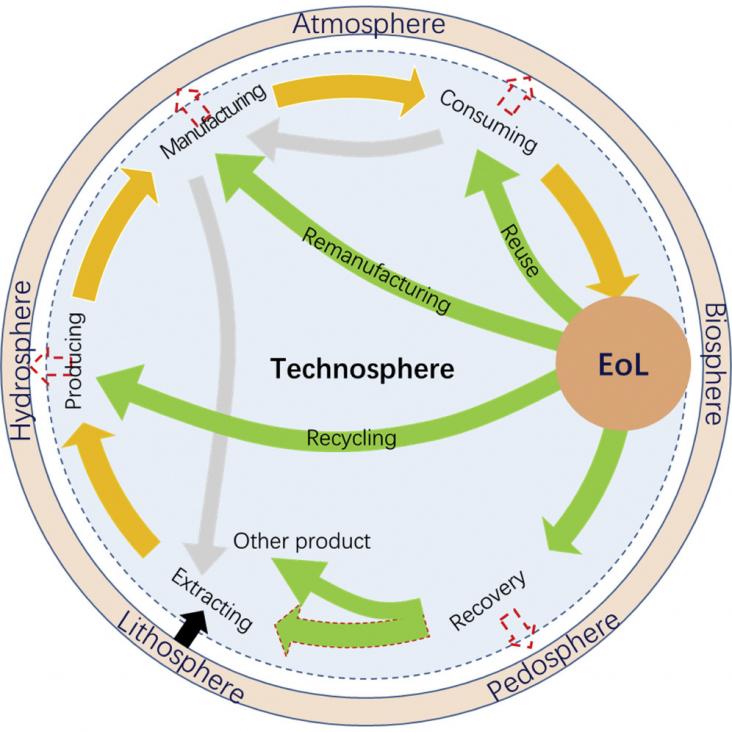
Chris D. Jones, Chapter 4 - Numerical modeling of the global climate and carbon cycle system, Editor(s): Trevor M. Letcher, Climate Change (Third Edition), Elsevier, 2021, Pages 67-91
Trevor M. Letcher, 1 - Global warming—a complex situation, Editor(s): Trevor M. Letcher, Climate Change (Third Edition), Elsevier, 2021, Pages 3-17
Aaditya Chaturvedi, Bhanu Pandey, Aneet Kumar Yadav, Shubham Saroj,
Chapter 5 - An overview of the potential impacts of global climate change on water resources,
Editor(s): Binota Thokchom, Pengpeng Qiu, Pardeep Singh, Parameswar K. Iyer,
Water Conservation in the Era of Global Climate Change,
Elsevier,
2021,
Pages 99-120,
ISBN 9780128202005
